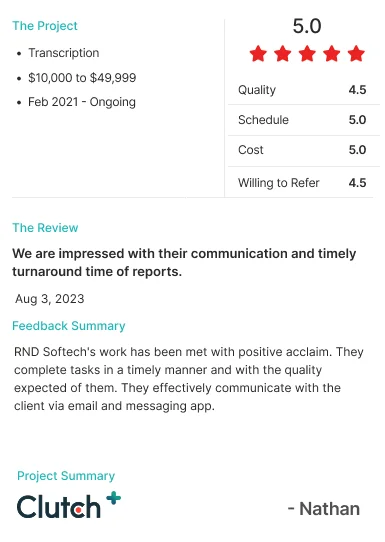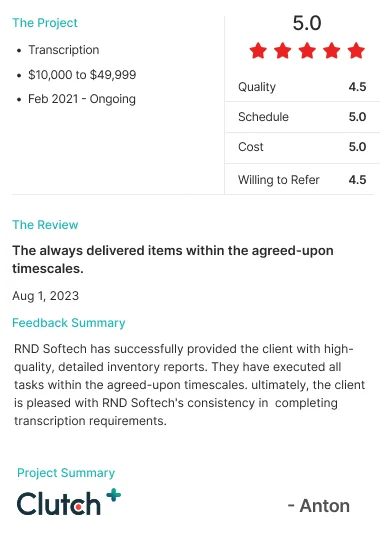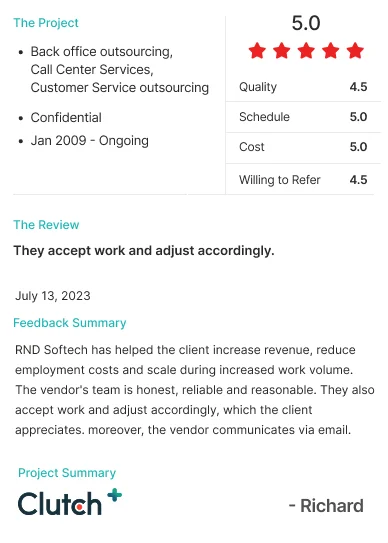Software testing and quality assurance
Software Testing and Quality Assurance are integral processes in the software development lifecycle, ensuring that applications meet specified requirements and perform flawlessly. Testing involves systematic evaluation to identify bugs and enhance functionality, while Quality Assurance focuses on implementing processes and standards to prevent defects and deliver reliable, high-quality software. Together, they play a crucial role in building robust, user-friendly software solutions.
Automated testing and software testing tools are pivotal in ensuring Quality Assurance (QA) by efficiently executing test cases. Regression testing guarantees that new code changes do not adversely impact existing functionalities. Performance testing assesses the system's responsiveness, scalability, and stability. Manual testing, though traditional, remains integral for specific scenarios. Test automation, often employed in Agile testing, enhances speed and accuracy, while defect tracking aids in identifying and resolving issues throughout the development cycle.











.webp)
